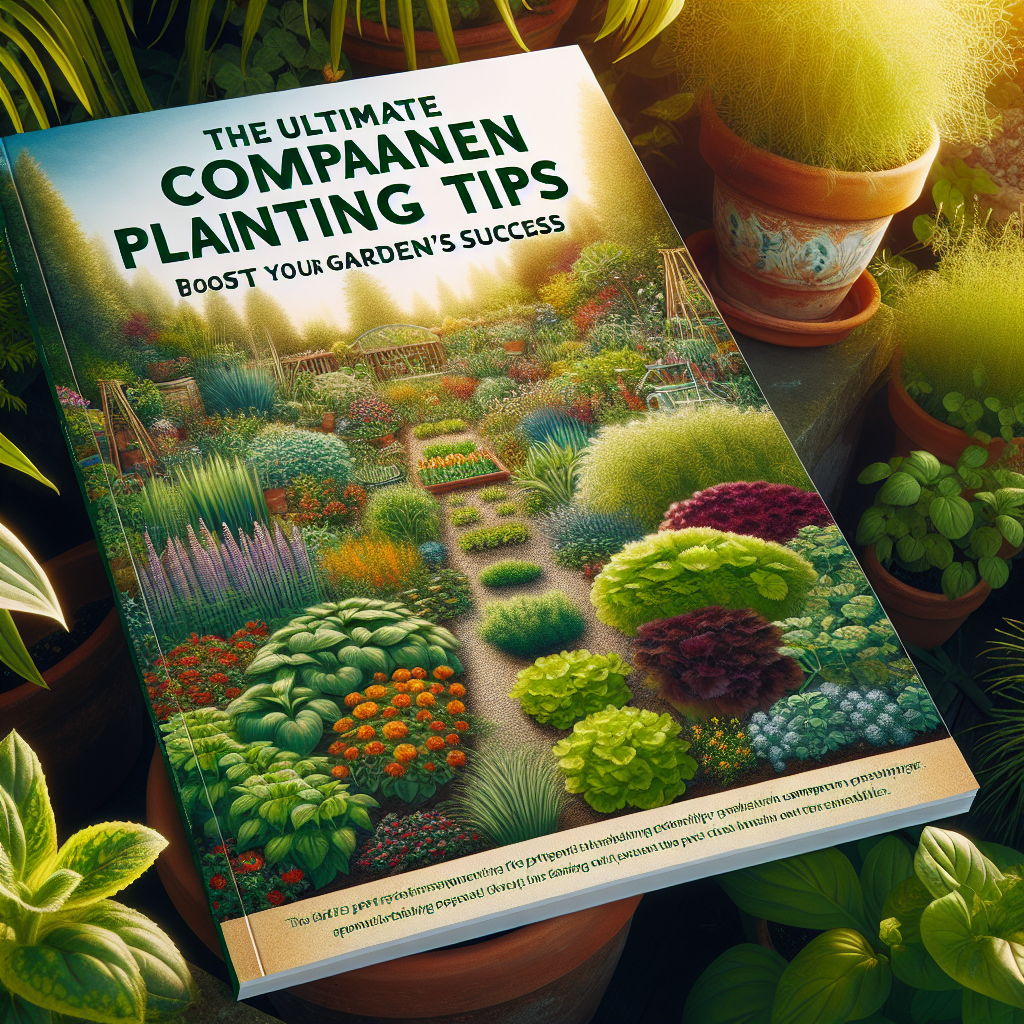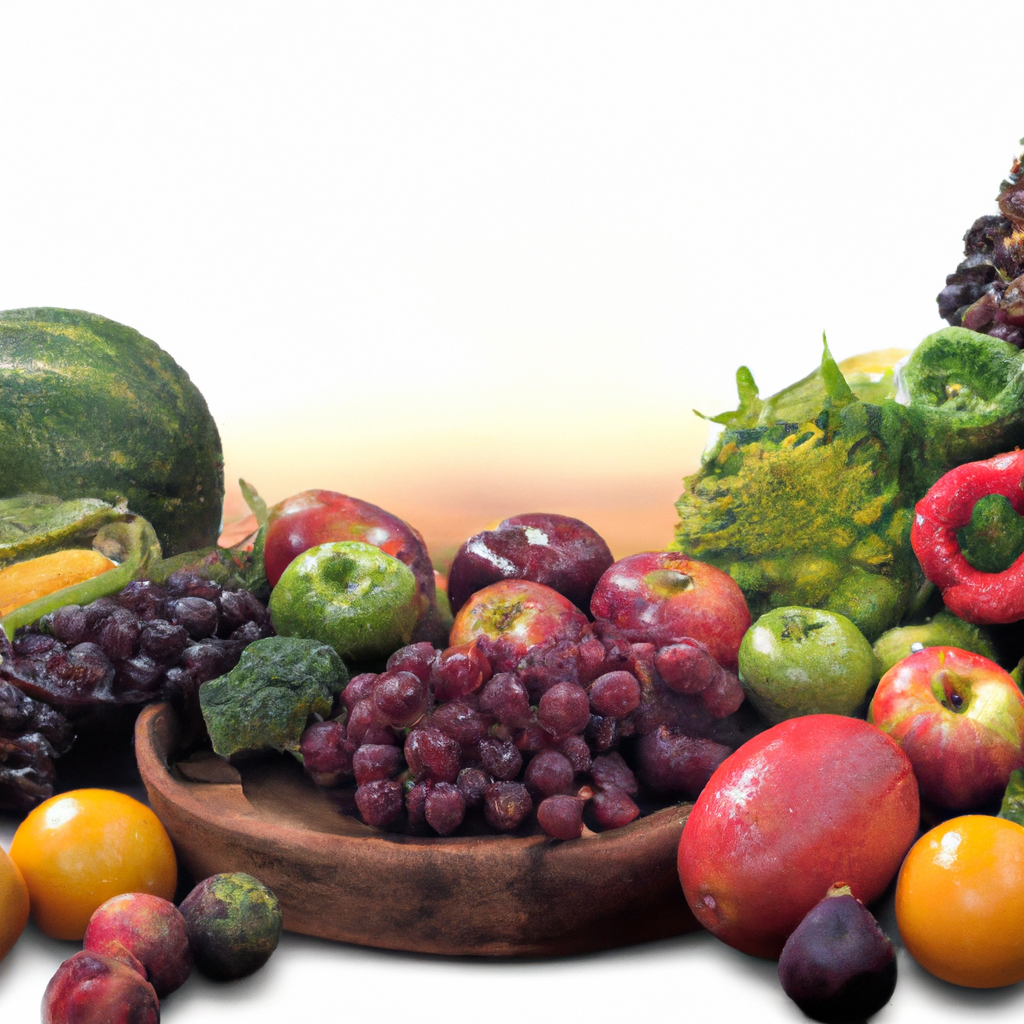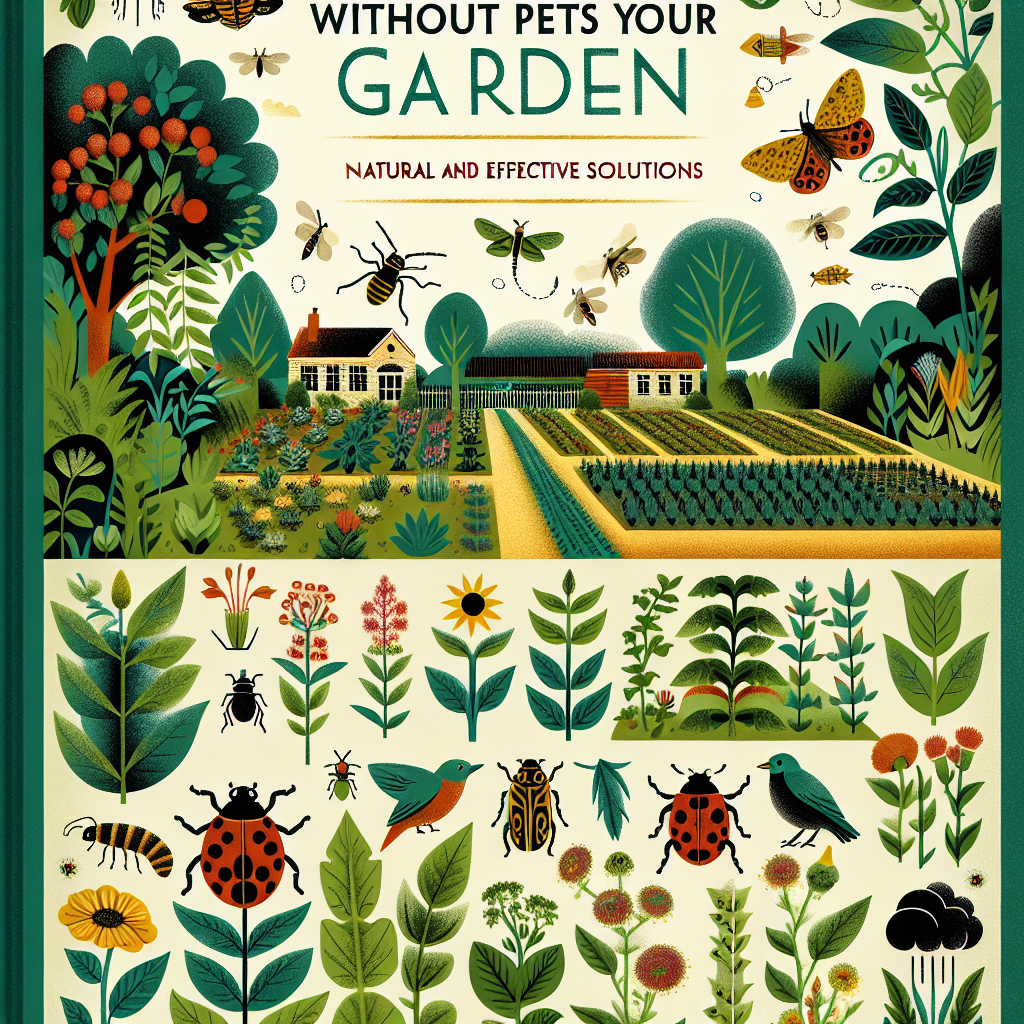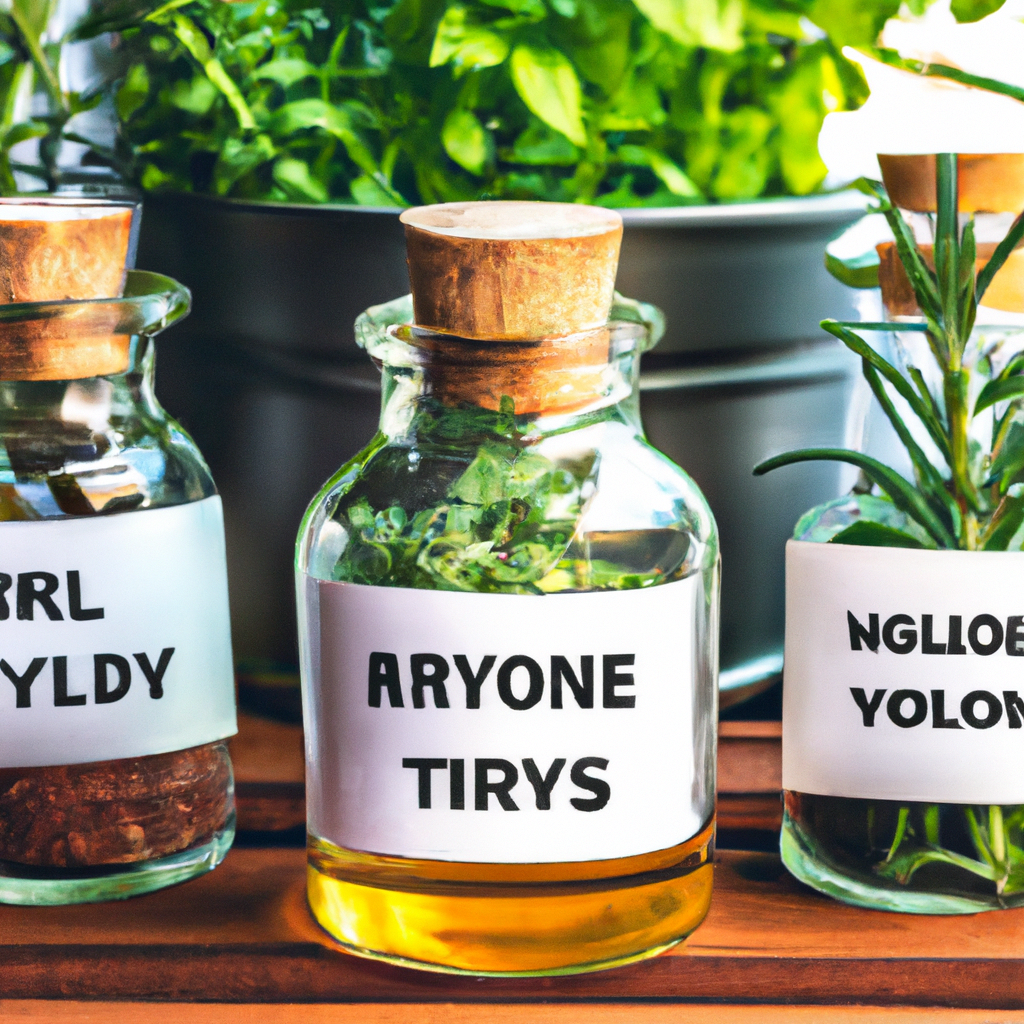Introduction to Companion Planting
Companion planting is a time-tested gardening strategy where different plants are grown together to benefit each other. Whether you aim to deter pests, attract pollinators, or maximize garden space, understanding the basics of companion planting can help you create a thriving, sustainable vegetable garden. In this comprehensive companion planting tips guide, you’ll learn essential techniques and discover the best plant pairings to boost your harvest naturally.
What is Companion Planting?
Companion planting refers to the practice of pairing specific plants to enhance growth, repel common garden pests, and improve soil health. This method utilizes the natural relationships between plant species, creating a balanced ecosystem that requires fewer chemical inputs. By following a companion planting chart, gardeners can make informed decisions on which crops to grow side by side for optimal results.
Benefits of Companion Planting
- Pest Control: Certain plant combinations can deter harmful insects and reduce the need for pesticides.
- Improved Growth: Some plants release nutrients or provide shade and support for others, encouraging vigorous development.
- Pollinator Attraction: Flowers and herbs interplanted with vegetables can attract bees and beneficial insects.
- Efficient Space Use: Companion planting maximizes available space, allowing for higher yields in small gardens.
- Soil Health: Rotating and mixing crops helps balance soil nutrients and prevents disease buildup.
Top Companion Planting Tips
-
Know Your Plant Families:
Group plants by family, such as nightshades (tomato, pepper, eggplant), brassicas (cabbage, broccoli), and legumes (beans, peas). This helps avoid competition and supports better nutrient sharing. -
Use a Companion Planting Chart:
Reference a chart to identify the best and worst pairings for your crops. For example, tomatoes and basil make great companions, while onions and beans should be kept apart. -
Plant Pest-Repellent Herbs:
Marigolds, garlic, and chives are excellent for deterring aphids, nematodes, and other pests naturally. -
Encourage Pollinators:
Incorporate flowers like calendula and nasturtium to attract bees, butterflies, and other beneficial insects to your vegetable garden. -
Rotate Crops Annually:
Avoid planting the same family in the same spot year after year to prevent disease and nutrient depletion.
Best Companion Plant Pairings
| Vegetable | Best Companions | Benefits |
|---|---|---|
| Tomato | Basil, Marigold, Onion, Carrot | Improves flavor, repels pests, attracts pollinators |
| Cabbage | Dill, Onion, Chamomile, Sage | Repels cabbage moths, enhances growth |
| Carrot | Leek, Rosemary, Chive, Pea | Deters carrot flies, improves soil structure |
| Bean | Corn, Cucumber, Radish, Strawberry | Fixes nitrogen, provides climbing support |
| Lettuce | Carrot, Radish, Cucumber, Strawberry | Shade for roots, pest control |
Common Companion Planting Mistakes to Avoid
- Ignoring Plant Spacing: Crowding can lead to poor air circulation and disease. Always follow recommended spacings.
- Poor Pairing Choices: Some plants, like fennel, inhibit the growth of most garden vegetables. Double-check compatibility before planting.
- Overlooking Soil Needs: Pair plants with similar water and nutrient requirements for best results.
Seasonal Companion Planting Strategies
Adapting your companion planting techniques to each season is key for ongoing success. In spring, focus on fast-growing leafy greens and herbs. Summer is ideal for interplanting sprawling squash with upright corn and beans. In autumn, sow cold-hardy allies like garlic alongside brassicas for an extended harvest.
LSI Keywords and Related Terms
- natural pest control
- organic gardening techniques
- vegetable garden planning
- beneficial plant partnerships
- garden layout ideas
- succession planting
- crop rotation
- interplanting vegetables and herbs
Conclusion
With this companion planting tips guide, you can transform your vegetable patch into a healthy, productive ecosystem. Experiment with plant pairings, observe the results, and adjust your garden design each season for continuous improvement. Companion planting is both an art and a science—embrace the process and enjoy a more resilient, bountiful garden.



